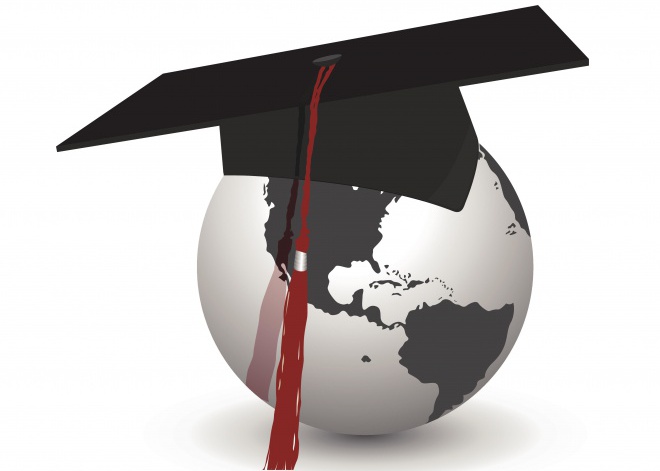Which State Has The Largest Black-White High School Graduation Gap?
State of Black America: Guess Which State Has The Largest Black-White High School Graduation Gap?

Source: gavni / Getty
The National Urban League has issued a clarion call to America to step up the battle to preserve civil rights at a time when African Americans are witnessing losses in key areas such as education, employment, and in the criminal justice system.
In its 2015 State of Black America report, NUL finds that instead of sharing 100 percent equality with Whites, Blacks are missing about 28 percent of opportunities, up slightly from 2014. What does that mean?
“In short, on many fronts, Black America remains in crisis—and we see justice challenged at every turn,” Marc H. Morial, the organization’s president and CEO, says in the executive summary of the report. “Justice also continues to be challenged on the jobs and economic front. The start of 2015 saw the most sustained period of job creation this century. However, the dark cloud inside this silver lining is that too many people are still being left behind. Black unemployment is twice that of white unemployment.”
Morial says wages are stagnant and many people who are working are simply not earning what they need or should earn to make ends meet. “Whether one calls it income inequality, upward social mobility, decline of the middle class, eliminating poverty among working people or something different, it is one of the great challenges facing post-recession America,” he states.
But he says an important battlefront is education, where progress varies by region. Here are some statistics for how our children are faring in education:
Nebraska is where there’s the largest Black-White high school graduation gap. 57.6 percent of Black freshmen graduate high school in Nebraska, compared to 88.8 percent of whites.
In Vermont, however, Blacks are more likely to graduate high school. There, 100 percent of Black freshmen graduate from high school, compared to 89.9 percent of Whites. This happened in Maine, Arizona and North Dakota, which all have small black populations.
Washington, D.C. is home to the largest Grade 4 reading proficiency gap. Among D.C. 4th graders, 14.7 percent of Blacks, 76.6 percent of Whites and 22.8 percent of Hispanic students tested at or above proficient in reading. The smallest Black-White reading proficiency gap was in Hawaii, where the index was 81 percent.
Wisconsin has the largest Grade 4 proficiency gap in math. Among Wisconsin 4th graders, 12.1 percent of Black students and 56.9 percent of White students tested at or above proficiency in math.
To read these findings and the entire report, go to stateofblackamerica.org.















